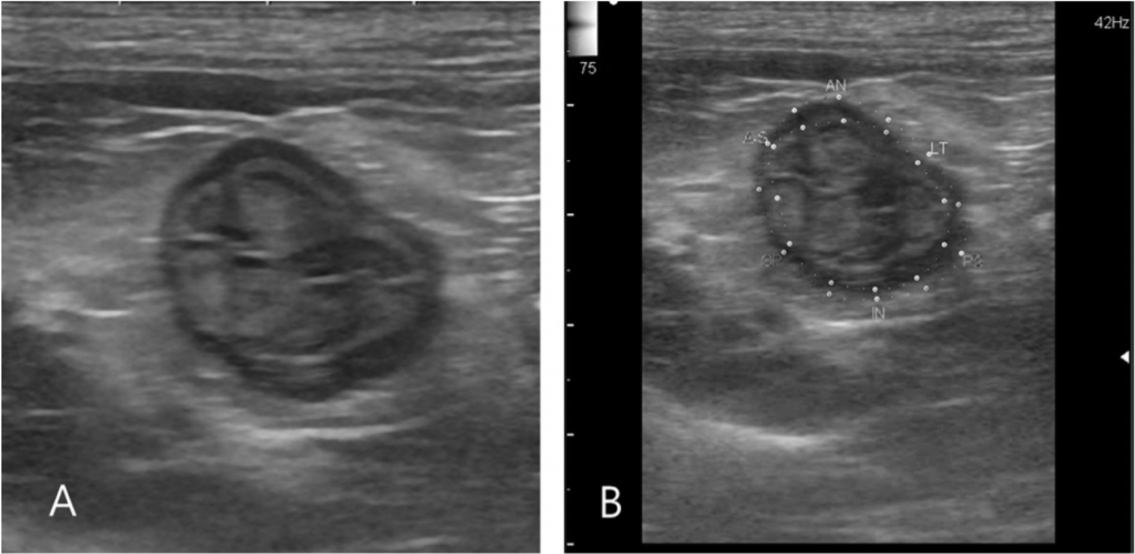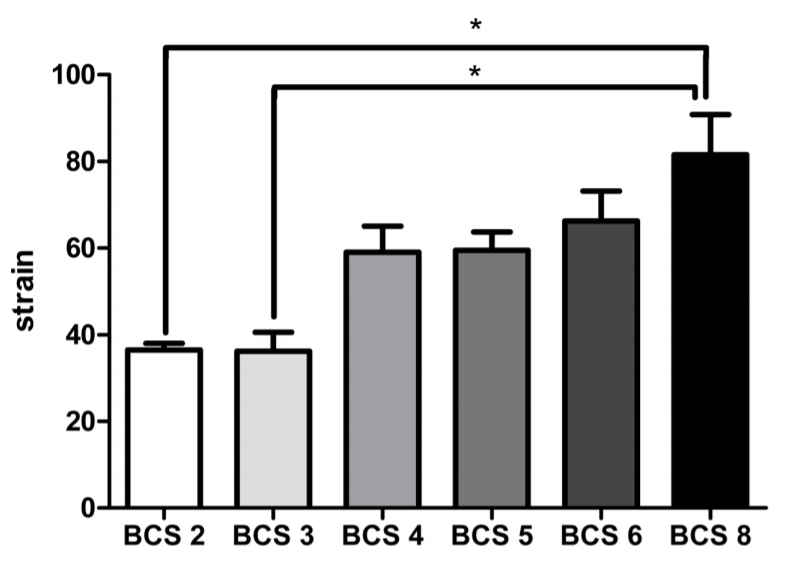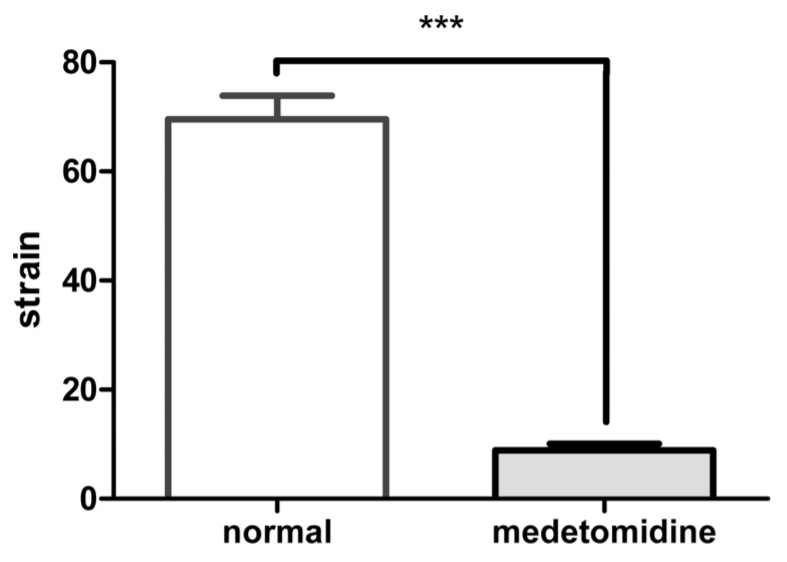1. Preston RP, Wilson TE. Chapter 30. Mouth, Esophagus, and Stomach. Lippincott Illustrated Reviews: Physiology. pp. 388-391, Wolters Kluwer Business, Philadelphia, 2013.
2. Goff JP. Gastrointestinal Motility. In: Reece WO, Erickson HH, Goff JP, Uemura EE, eds. Dukes' Physiology of Domestic Animals. 12th ed. pp. 470-477, Wiley Blackwell, Ames, 2015.
3. Xing J, Chen JD. Alterations of gastrointestinal motility in obesity. Obes Res 2004;12:1723-1732.


4. Mushref MA, Srinivasan S. Effect of high fat-diet and obesity on gastrointestinal motility. Ann Transl Med 2013;1:14.


6. Cullen LK. Medetomidine sedation in dogs and cats: a review of its pharmacology, antagonism and dose. Br Vet J 1996;152:519-535.


7. Plumb DC. Medetomidine. Plumb's Veterinary Drug Handbook. 9th ed. pp. 732-734, Wiley Blackwell, Stockholm, 2018.
8. Sinclair MD. A review of the physiological effects of α2-agonists related to the clinical use of medetomidine in small animal practice. Can Vet J 2003;44:885-897.


9. Amundsen BH, Helle-Valle T, Edvardsen T, Torp H, Crosby J, Lyseggen E, Støylen A, Ihlen H, Lima JA, Smiseth OA, Slørdahl SA. Noninvasive myocardial strain measurement by speckle tracking echocardiography: validation against sonomicrometry and tagged magnetic resonance imaging. J Am Coll Cardiol 2006;47:789-793.


10. Edvardsen T, Helle-Valle T, Smiseth OA. Systolic dysfunction in heart failure with normal ejection fraction: speckle-tracking echocardiography. Prog Cardiovasc Dis 2006;49:207-214.


11. Chetboul V. Myocardial Tissue Doppler, Derived Techniques, and Speckle Tracking Imaging. In: Madron ӖD, Chetboul V, Bussadori C, eds. Clinical Echocardiography of the Dog and Cat. pp. 47-84, Elsevier, St. Louis, 2016.
12. Chetboul V, Serres F, Gouni V, Tissier R, Pouchelon JL. Radial strain and strain rate by two-dimensional speckle tracking echocardiography and the tissue velocity based technique in the dog. J Vet Cardiol 2007;9:69-81.


13. Ghio S, Gavazzi A, Campana C, Inserra C, Klersy C, Sebastiani R, Arbustini E, Recusani F, Tavazzi L. Independent and additive prognostic value of right ventricular systolic function and pulmonary artery pressure in patients with chronic heart failure. J Am Coll Cardiol 2001;37:183-188.


14. Takano H, Fujii Y, Ishikawa R, Aoki T, Wakao Y. Comparison of left ventricular contraction profiles among small, medium, and large dogs by use of two-dimensional speckle-tracking echocardiography. Am J Vet Res 2010;71:421-427.


15. Gilja OH, Heimdal A, Hausken T, Gregersen H, Matre K, Berstad A, Ødegaard S. Strain during gastric contractions can be measured using Doppler ultrasonography. Ultrasound Med Biol 2002;28:1457-1465.


16. Ahmed AB, Gilja OH, Gregersen H, Ødegaard S, Matre K.
In vitro strain measurement in the porcine antrum using ultrasound doppler strain rate imaging. Ultrasound Med Biol 2006;32:513-522.


17. Ahmed AB, Gilja OH, Hausken T, Gregersen H, Matre K. Strain measurement during antral contractions by ultrasound strain rate imaging: influence of erythromycin. Neurogastroenterol Motil 2009;21:170-179.


18. Gilja OH. Ultrasound of the stomach--the EUROSON lecture 2006. Ultraschall Med 2007;28:32-39.


19. Sammali F, Blank C, Xu L, Schoot B, Mischi M.
Ex-vivo phantom for evaluation of ultrasound speckle tracking in the uterus. In: Proceedings of 2017 IEEE International Ultrasonics Symposium (IUS); IEEE; Washington, D.C.: 2017.

20. Gossellin J, Wren JA, Sunderland SJ. Canine obesity: an overview. J Vet Pharmacol Ther 2007;30 Suppl 1:1-10.


21. Matre K, Ahmed AB, Gregersen H, Heimdal A, Hausken T, Ødegaard S, Gilja OH.
In vitro evaluation of ultrasound Doppler strain rate imaging: modification for measurement in a slowly moving tissue phantom. Ultrasound Med Biol 2003;29:1725-1734.


22. Sanmiguel CP, Mintchev MP, Bowes KL. Electrogastrography: a noninvasive technique to evaluate gastric electrical activity. Can J Gastroenterol 1998;12:423-430.


23. Szarka LA, Camilleri M. Methods for measurement of gastric motility. Am J Physiol Gastrointest Liver Physiol 2009;296:G461-G475.


24. Prokešov J, Dolina J. Clinical application of electrogastrography. Scr Med (Brno) 2009;82:235-238.
25. Riezzo G, Chiloiro M, Guerra V. Electrogastrography in healthy children: evaluation of normal values, influence of age, gender, and obesity. Dig Dis Sci 1998;43:1646-1651.

26. Jones TF, Lin Z, Sarosiek I, Moncure M, McCallum RW. Assessment of gastric emptying and myoelectric activity in the morbidly obese patients. Gastroenterology 2001;120:A1500.
27. Chen JD, McCallum RW. Clinical applications of electrogastrography. Am J Gastroenterol 1993;88:1324-1336.

28. Nakamura K, Hara S, Tomizawa N. The effects of medetomidine and xylazine on gastrointestinal motility and gastrin release in the dog. J Vet Pharmacol Ther 1997;20:290-295.














 PDF Links
PDF Links PubReader
PubReader Full text via DOI
Full text via DOI Download Citation
Download Citation Print
Print



